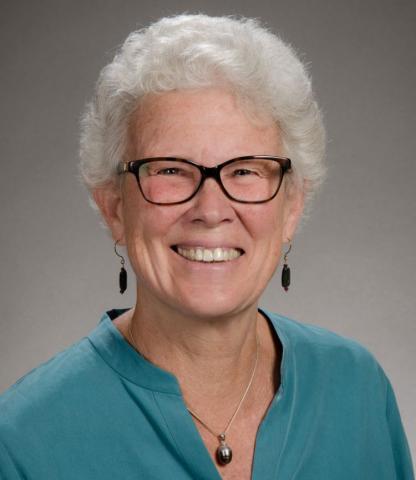"DNA Viral Diversity, Abundance, and Functional Potential Vary across Grassland Soils with a Range of Historical Moisture Regimes" Soil viruses are abundant, but the influence of the environment and climate on soil viruses remains poorly understood. Here, we addressed this gap by comparing the...
Filter results
Category
- (-) Earth System Science (23)
- Scientific Discovery (76)
- Biology (51)
- Microbiome Science (16)
- Human Health (13)
- Chemistry (7)
- Computational Research (7)
- Integrative Omics (5)
- Materials Science (5)
- Chemical & Biological Signatures Science (2)
- National Security (2)
- Plant Science (2)
- Weapons of Mass Effect (2)
- Atmospheric Science (1)
- Computational Mathematics & Statistics (1)
- Data Analytics & Machine Learning (1)
- Ecosystem Science (1)
Person Type
Tags
- Soil Microbiology (8)
- Microbiome (4)
- sequencing (4)
- Fungi (3)
- Omics (3)
- PerCon SFA (3)
- Genomics (2)
- Metagenomics (2)
- Synthetic Biology (2)
- Viruses (2)
- BSRN (1)
- Diffuse (1)
- Direct (1)
- DSCOVR (1)
- EPIC (1)
- Imaging (1)
- Mass Spectrometry (1)
- metagenomics (1)
- microbiome (1)
- microbiome stability (1)
- PAR (1)
- Sequencing (1)
- Shortwave Radiation (1)
- soil microbiology (1)
- soil respiration (1)
- spatial variability (1)
- species volatility (1)
- Spectroscopy (1)
- SURFRAD (1)
- temperate forest (1)
"Deconstructing the Soil Microbiome into Reduced-Complexity Functional Modules" The soil microbiome represents one of the most complex microbial communities on the planet, encompassing thousands of taxa and metabolic pathways, rendering holistic analyses computationally intensive and difficult. Here...
Category
"Visualizing the Hidden Half: Plant-Microbe Interactions in the Rhizosphere" Plant roots and the associated rhizosphere constitute a dynamic environment that fosters numerous intra- and interkingdom interactions, including metabolite exchange between plants and soil mediated by root exudates and the...
Pending Review Microbiomes contribute to multiple ecosystem services by transforming organic matter in soil. Extreme shifts in the environment, such as drying-rewetting cycles during drought, can impact microbial metabolism of organic matter by altering their physiology and function. These...
The rhizosphere represents a dynamic and complex interface between plant hosts and the microbial community found in the surrounding soil. While it is recognized that manipulating the rhizosphere has the potential to improve plant fitness and health, engineering the rhizosphere microbiome through...
Agriculture is the largest source of greenhouse gases (GHG) production. Conversion of nitrogen fertilizers into more reduced forms by microbes through a process known as biological nitrification drives GHG production, enhances proliferation of toxic algal blooms, and increases cost of crop...
Short Biography Caroline (Carrie) Harwood received her Ph.D. in microbiology from the University of Massachusetts and completed postdoctoral work at Yale University. She held academic appointments at Cornell University and the University of Iowa before moving to the University of Washington in 2005...


